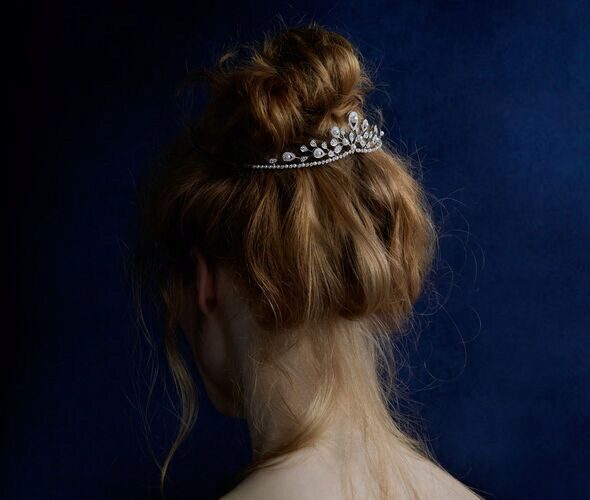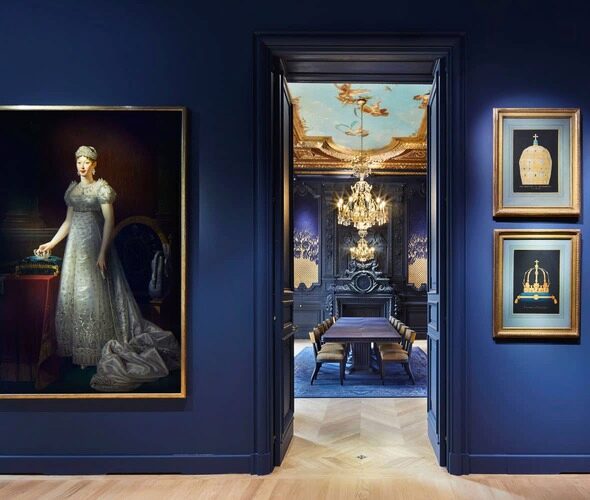You will receive your order within 3 to 5 working days.
Our customer service is available on +33 (0)1 44 77 26 26
We accept the following payment methods: Visa, Mastercard, American Express, Union Pay, PayPal, Apple Pay
Change country/region?
You are visiting chaumet.com from .
Would you like to update your location?
Go to websiteIf you wish to view another country/region, please select your location.
All services offered on this website are exclusively for United Kingdom. Would you like to continue?
Returns extended to January 31 for orders placed before December 31.
Uncover the gift of your dreams. Book your personalized appointment in-store.

From 19 May to 18 July 2021, the Maison presents Joséphine & Napoléon, an (extra)ordinary story in its hôtel particulier located at 12 Place Vendôme in Paris.
Dive into the story of this mythical couple, to which the Maison’s founder was a unique witness.
Visit Chaumet’s social media channels to extend the experience!
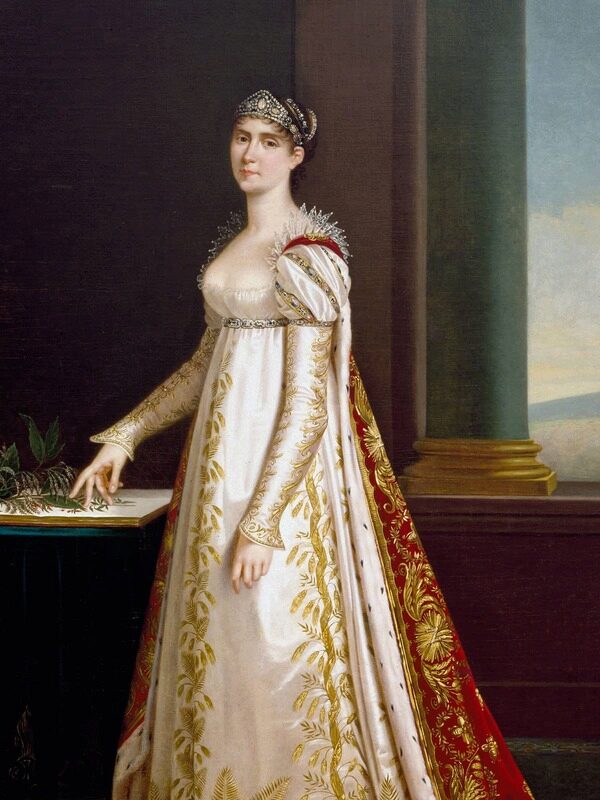
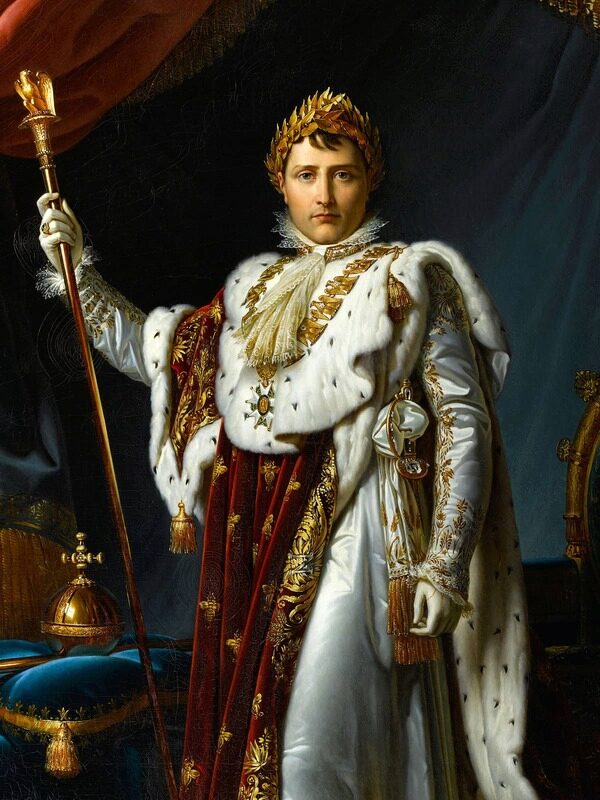
Discover the (extra)ordinary story of Joséphine and Napoléon in five chapters, from passion to eternity.
Joséphine, Napoléon, Chaumet: three extraordinary destinies closely tied together. The meteoric and exceptional rise of the Bonaparte couple marked the triumph of the Maison and the beginning of Chaumet’s legend. Its founder, Marie-Étienne Nitot, was not only a privileged witness, but above all, an actor in this saga.
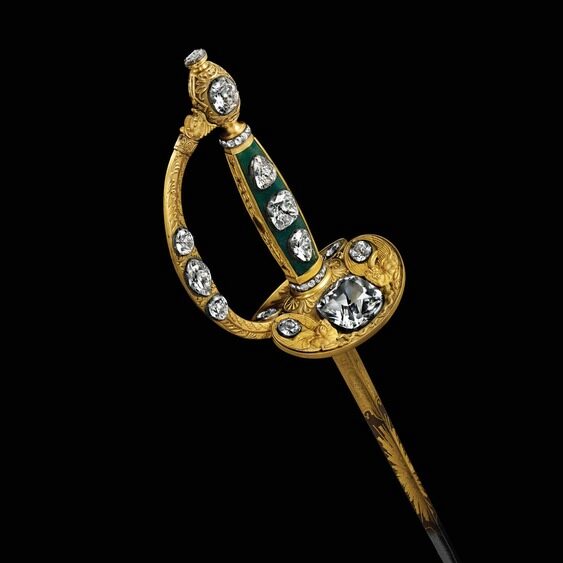
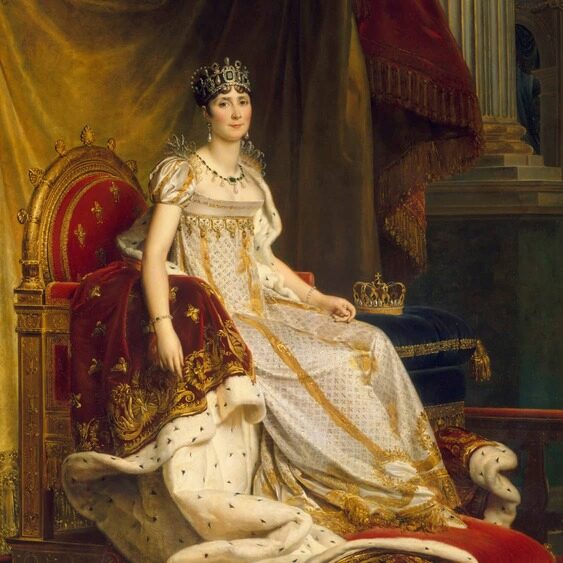
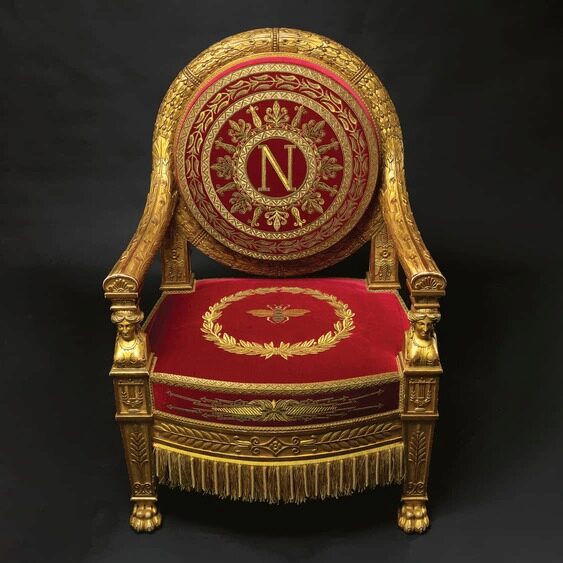
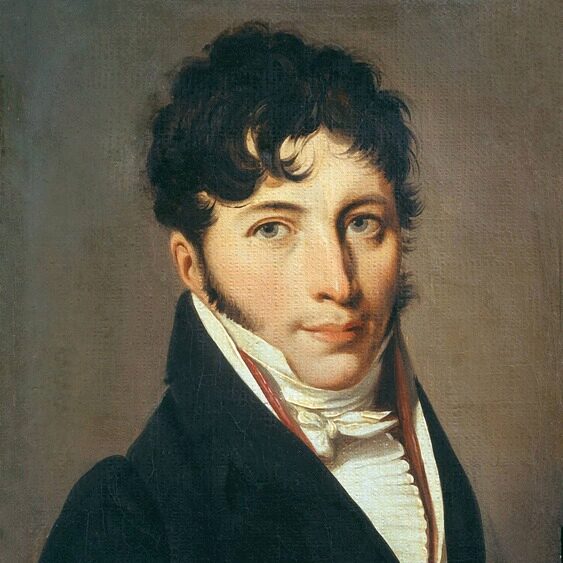
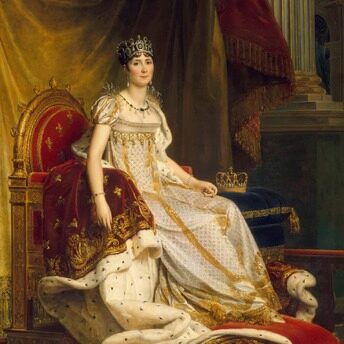
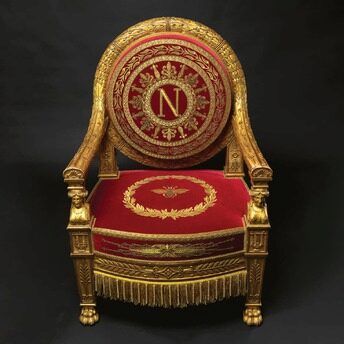
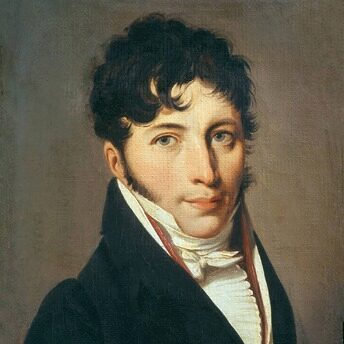
On 2 December 1804, Napoléon and Joséphine were crowned Emperor and Empress in a lavish ceremony in the cathedral of Notre-Dame de Paris. This moment was made eternal by Jacques-Louis David’s famous painting, in which Napoléon is about to crown Joséphine.
Although he had chosen to depict Napoléon crowning himself – as evidenced by the painting’s sketches, the painter finally decided to immortalise Joséphine’s crowning, who thus entered History in majesty.
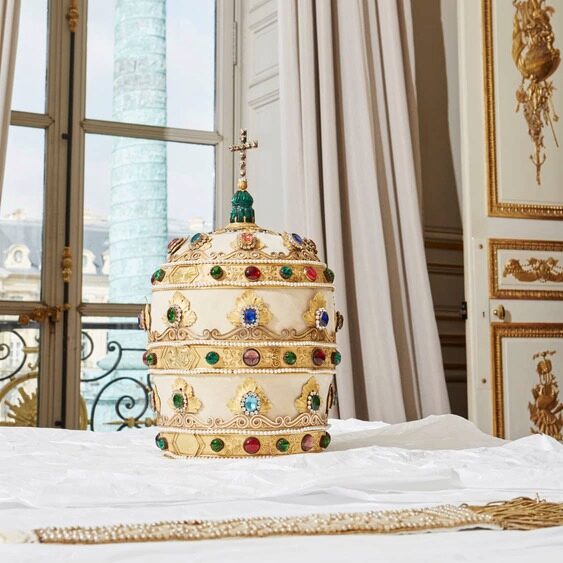
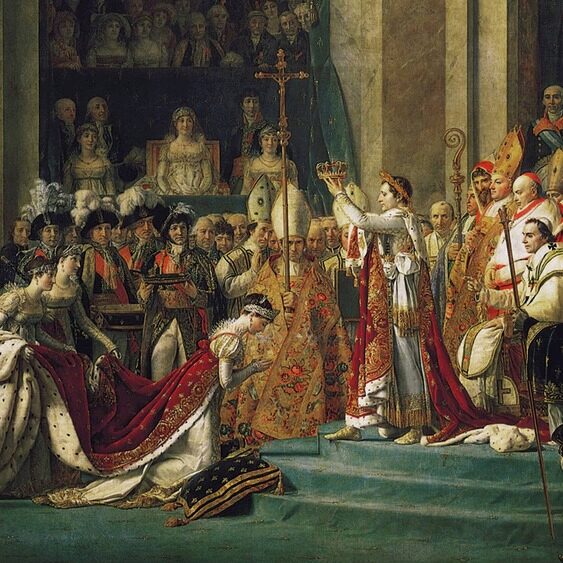
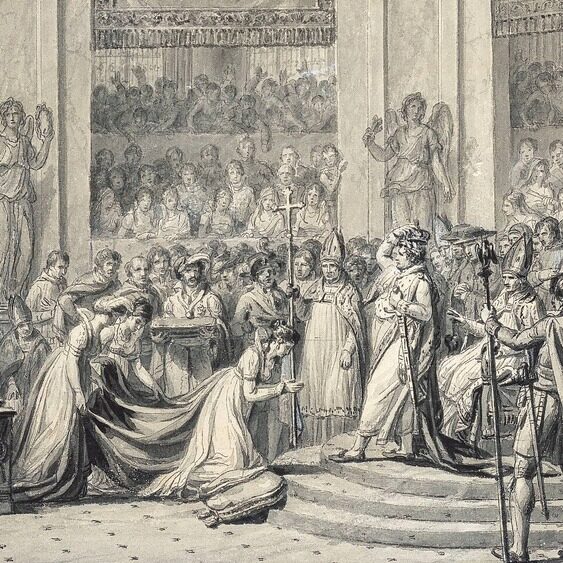
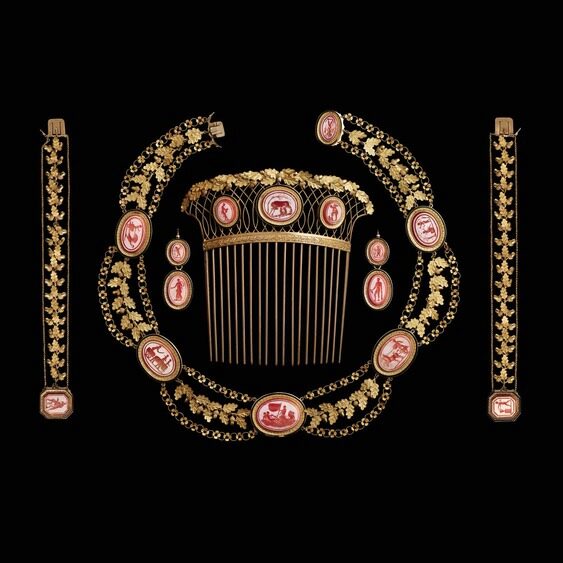
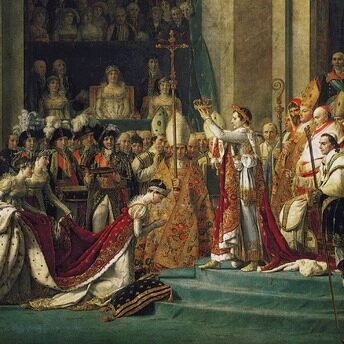
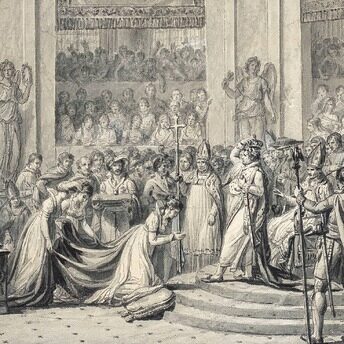
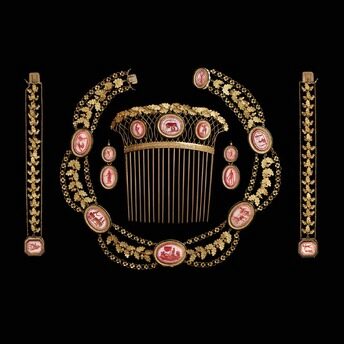
Born in Martinique, Joséphine nurtured her love for exoticism and luxuriant nature from her native island. At the Château de Malmaison, which she made her haven of peace, the Empress cultivated her passion for botany. Thanks to her, the Château’s greenhouse showcases the largest collection of plant species in Paris at the time.
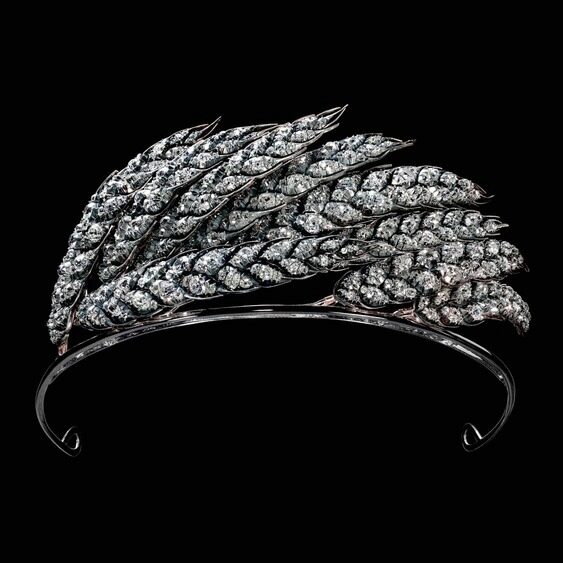
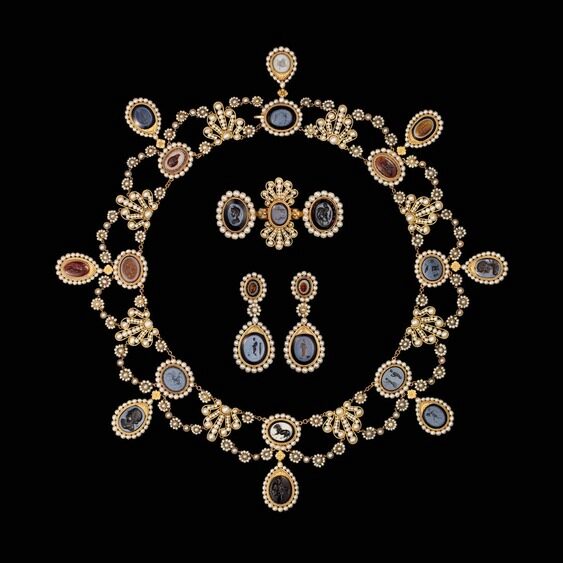
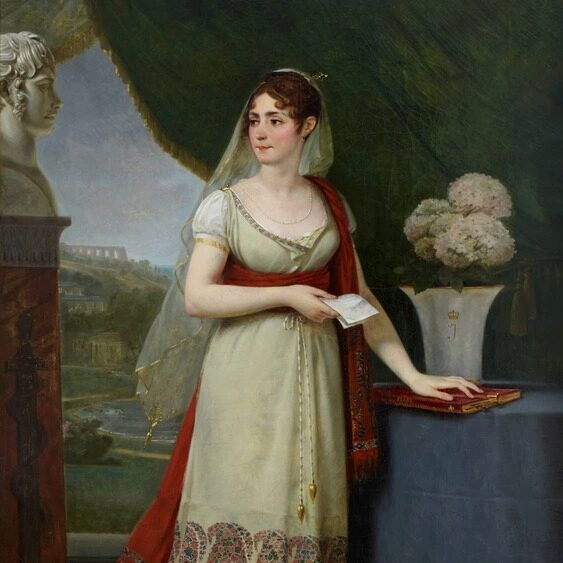
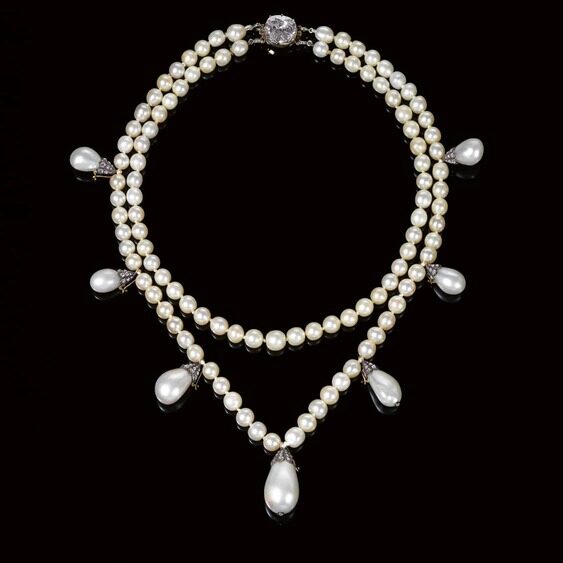
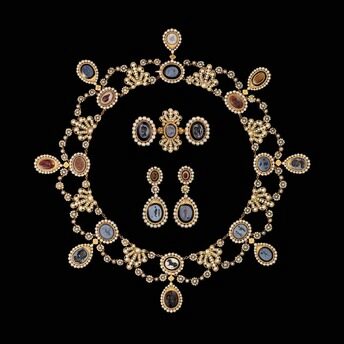
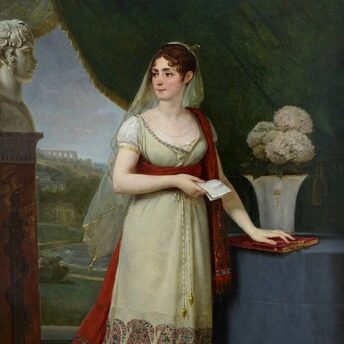
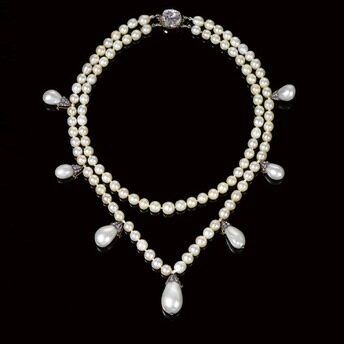
Despite his love for her, and under pressure from his family and ministers, Napoléon divorced Joséphine in 1809. Marie-Étienne Nitot died a few months earlier. His son, François-Regnault, took over the reins of the workshop, which surpassed itself to honour the orders of the Emperor and his new wife, Marie-Louise.
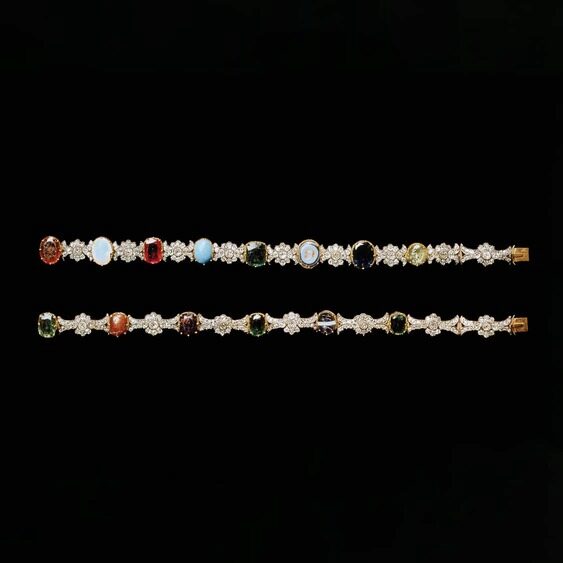
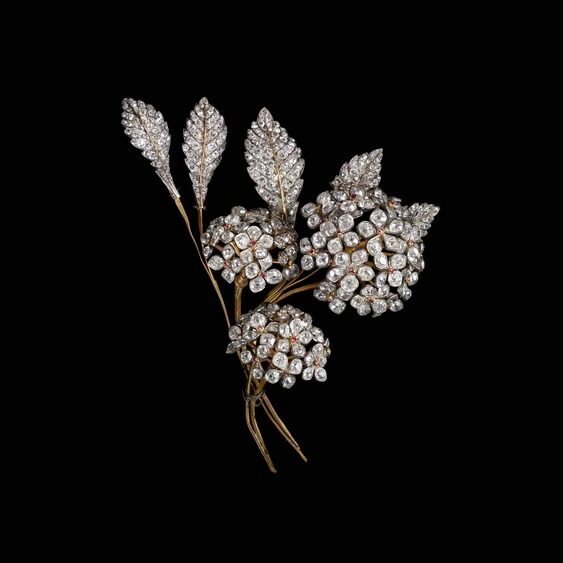
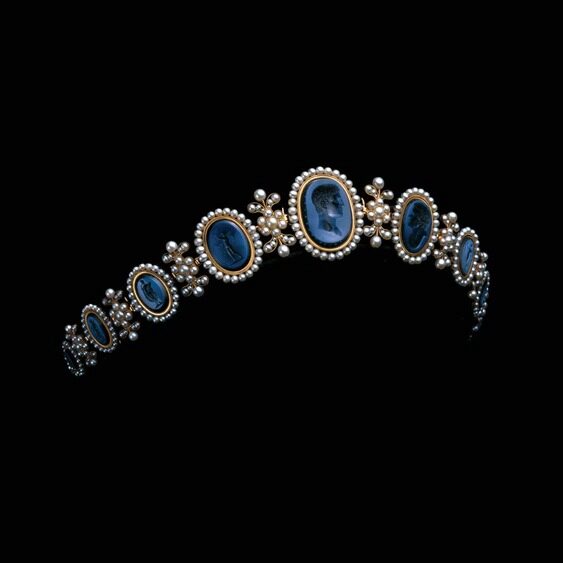
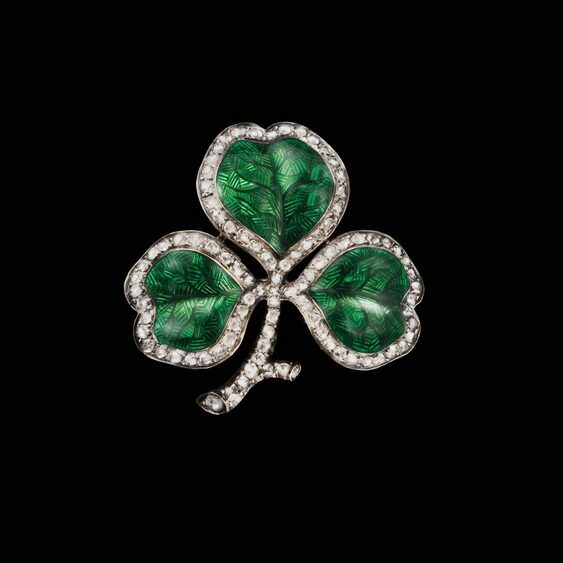
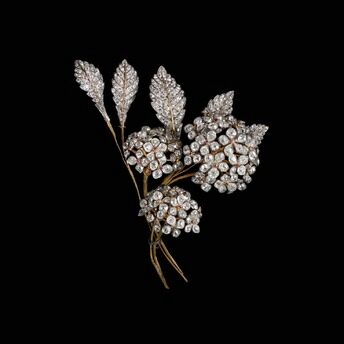
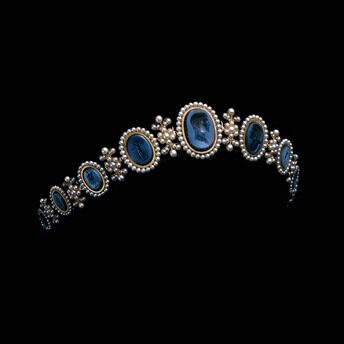
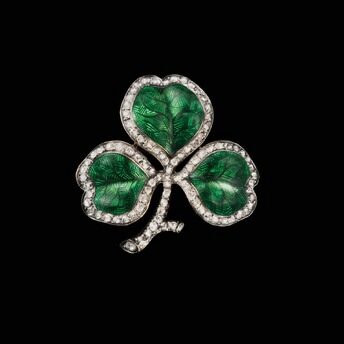
At the end of the Empire in 1815, François-Regnault Nitot handed over the Maison to his workshop head, Jean-Baptiste Fossin, who continued to make it shine. Far from stopping there, the extraordinary story that began during the Revolution is still being written today.
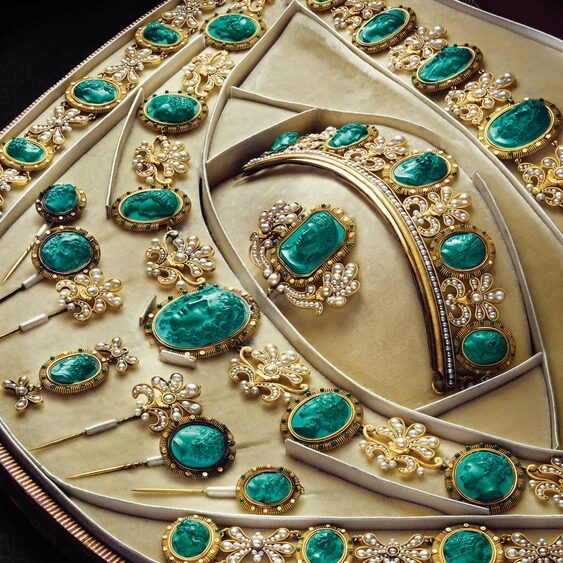
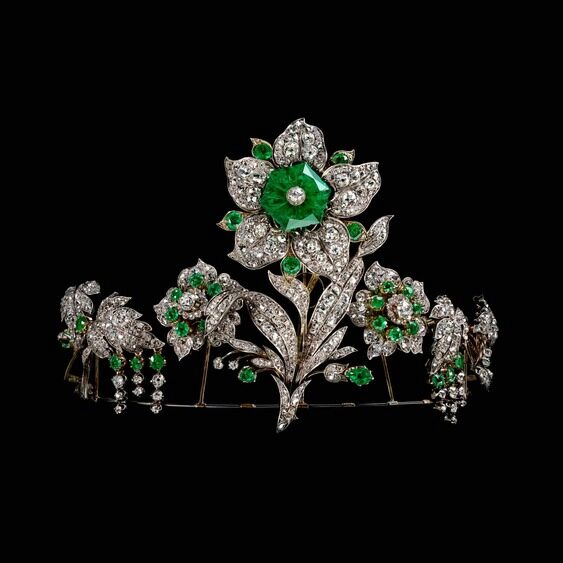
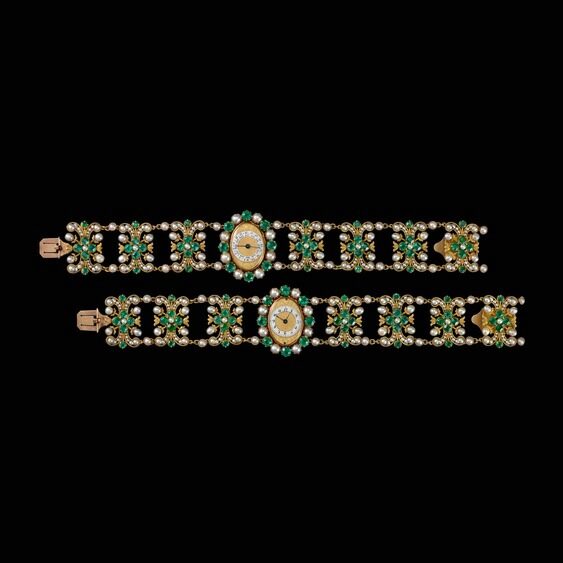
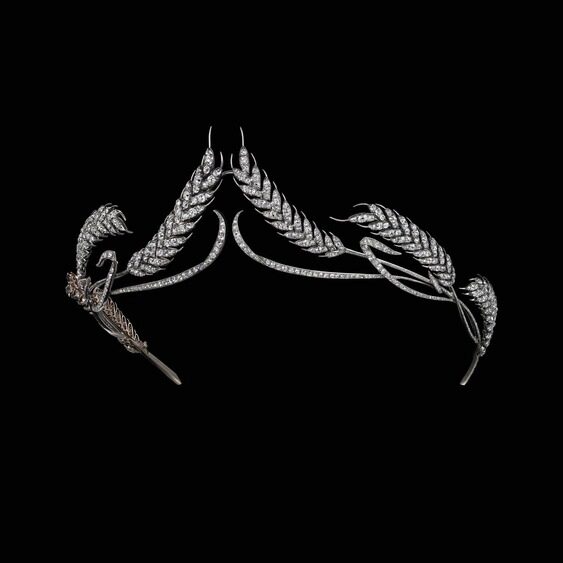
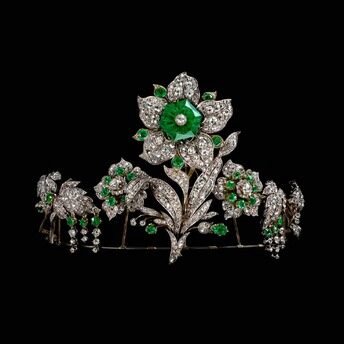
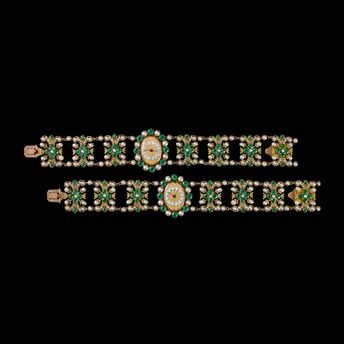
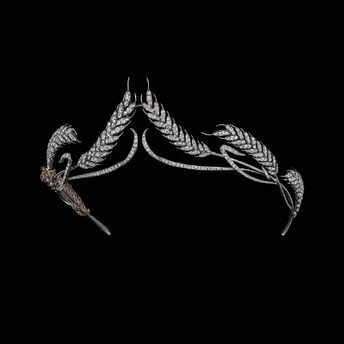
My wishlist
My Cart
FREE SHIPPING AND RETURN
You will receive your order within 3 to 5 working days.
OUR CUSTOMER SERVICE
Our customer service is available on +33 (0)1 44 77 26 26
Do you have a question? Our customer service team is available on +33 (0)1 44 77 26 26
Monday-Friday 10:00-19:00 / Saturday 10:00-18:00
SECURE PAYMENT
We accept the following payment methods: Visa, Mastercard, American Express, Union Pay, PayPal, Apple Pay
SIGNATURE JEWELLERY BOX AND PACKAGING
GUARANTEE AND AUTHENTICITY
Your Chaumet creation is an original piece whose criteria of quality, precision and manufacturing meet the highest requirements. It has undergone careful care, testing and rigorous controls at every stage of its manufacture. All our Jewellery and Watches creations are shipped with a certificate attesting to their authenticity.
EUROPE
ASIA - PACIFIC
AMERICAS
MIDDLE EAST
Changing your delivery area may affect the prices and availability of products in your shopping cart.
